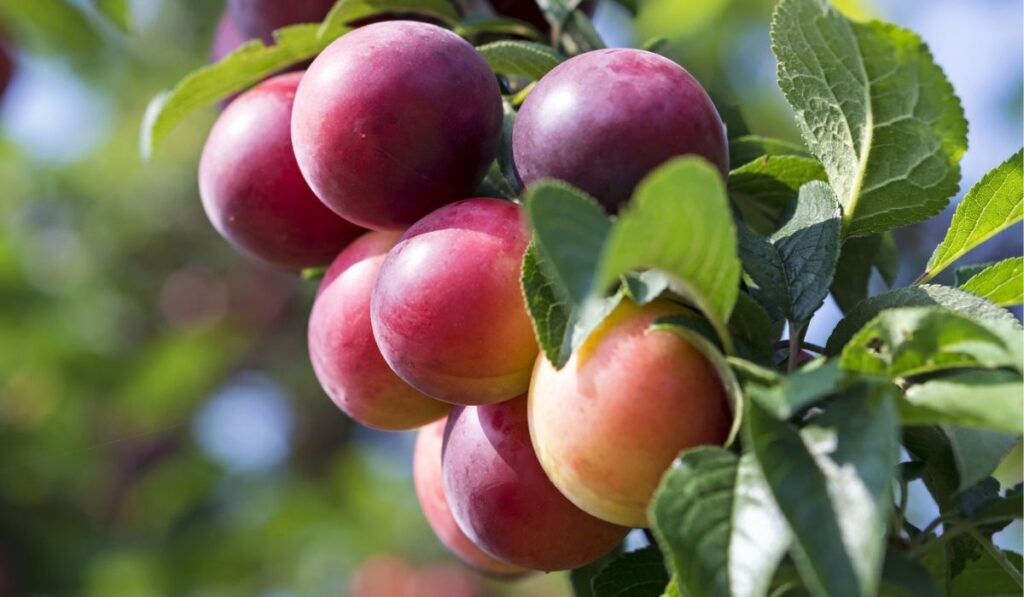Pumpkin farming in Kenya is growing in popularity not just for home use but also for income generation. Pumpkins are easy to grow, require minimal maintenance, and offer a wide range of benefits.
From the leaves to the seeds and fruit, nearly every part of the pumpkin is edible. Many rural farmers already grow pumpkins for household consumption, but with proper planning, this crop can be a goldmine.
This guide shows you how to succeed in pumpkin farming in Kenya and make profits with every harvest.

Pumpkin Farming in Kenya Made Easy and Profitable
Pumpkins are among the most versatile and profitable vegetables in Kenya. They grow well in different parts of the country, are drought-tolerant, and can thrive even in low-input systems. With increasing demand for both fresh and processed pumpkin products, farmers can now tap into a larger market.
Varieties of Pumpkin Grown in Kenya
There are several pumpkin varieties suitable for different growing areas. These include:
- Egyptian Giant: Known for its large size and good yield.
- Israel Giant: Popular for both domestic and commercial use.
- White Giant: A unique variety with pale skin and sweet flesh.
- Squash: Mostly grown for its rich taste and quick maturity.
- Dola: This variety is easy to grow and performs well in many parts of Kenya.
Choosing the right variety for your area and market needs can significantly boost your yields and profits.
Ecological Requirements for Growing Pumpkins
Pumpkins need specific conditions to grow well. These include:
- Temperature: Ideal range is 18°C to 27°C.
- Soil: Fertile, well-drained soil with a neutral pH works best.
- Water: While pumpkins are drought-tolerant, they do not tolerate waterlogging. Proper drainage is a must.
If your land meets these conditions, you’re well on your way to growing healthy pumpkin crops.
Land Preparation
Start by preparing your land early. Clear all weeds and debris, then plough the land until the soil is fine. A fine tilth allows roots to penetrate easily and supports healthy plant development.
For best results, make raised mounds of soil before planting. This method improves drainage and protects seedlings from rotting.
Planting Pumpkins
Pumpkins are propagated by seed. Here’s how to plant them:
- Use well-prepared mounds spaced 3 meters by 3 meters. This spacing allows for the pumpkin vines to spread freely.
- Plant seeds 2 inches deep. This depth helps prevent birds from picking them out.
- One acre can accommodate around 2,000 seedlings.
- If rainfall is not sufficient, consider irrigating to help with nutrient uptake and fruit development.
Pumpkins can also be intercropped with other crops like moringa, okra, pawpaw, and sunflower to maximize land use.
Managing Pests and Diseases
Pumpkins can be attacked by various pests and diseases. Common pests include:
- Aphids
- Fruit flies
- African melon ladybird
Diseases include:
- Powdery mildew
- Downy mildew
- Bacterial wilt
To manage these threats:
- Spray with recommended pesticides and fungicides.
- Weed your farm regularly.
- Maintain high field hygiene by removing old plant debris and infected plants.
Early control helps reduce losses and ensures a healthy crop.
Harvesting Pumpkins
Pumpkins are ready for harvest between 90 and 120 days after planting. Signs that pumpkins are mature include:
- A hardened outer skin
- Change in colour
Harvesting is done by hand, simply plucking the fruit from the vine. Handle with care to avoid bruises, which can reduce shelf life.
An acre of well-maintained pumpkin farm can yield up to 5 tons, depending on the variety and management practices.
Market for Pumpkins in Kenya
Pumpkins enjoy a steady demand in both local and international markets. You can sell them in:
- Local open-air markets
- Grocery stores
- Supermarkets
- Hotels and restaurants
- Schools and hospitals
- Fresh produce export companies
In local markets, pumpkins fetch between Kshs 50 to 80 per kilogram, depending on the size, variety, and season. Value addition, such as drying or processing pumpkin into flour or snacks, can fetch even more.







































